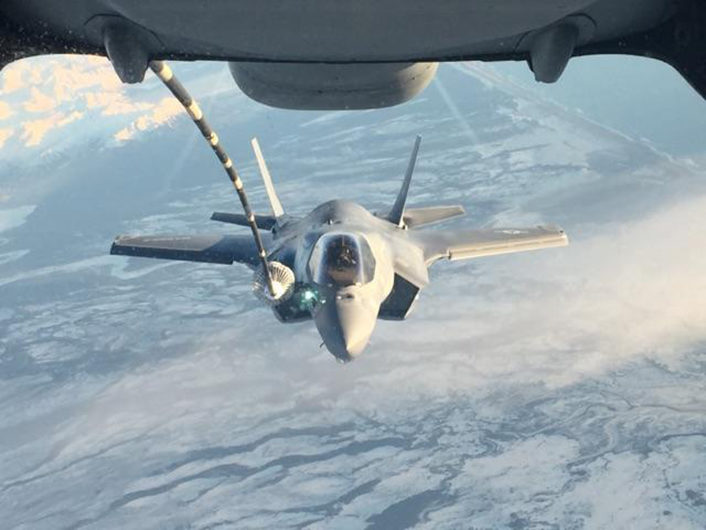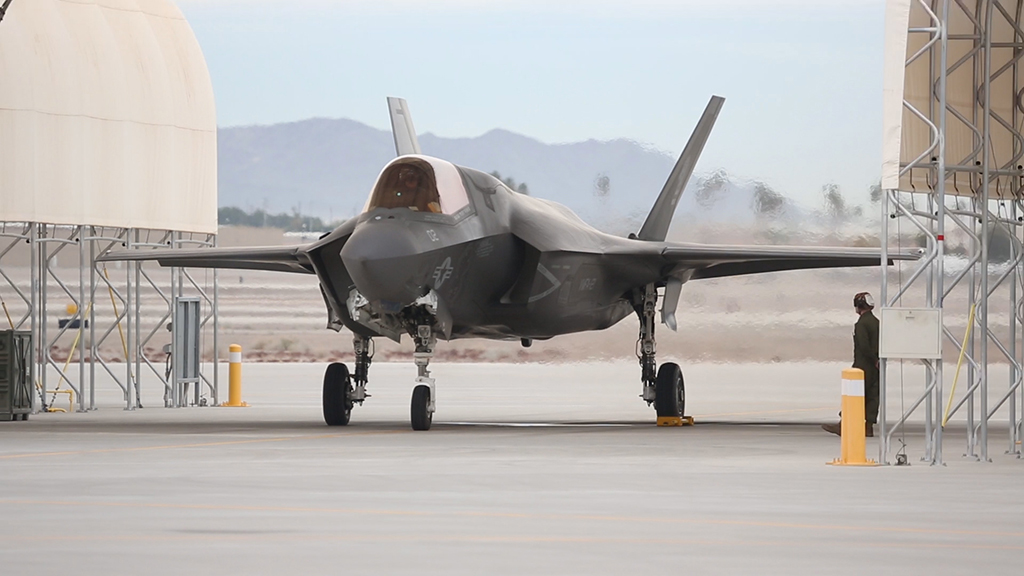Iwakuni becomes the first airbase outside the U.S. to host a permanent deployment of US military F-35 stealth jets.
On Jan. 9, 2017, Marine Fighter Attack Squadron 121 (VMFA-121), an F-35B squadron with 3rd Marine Aircraft Wing, departed MCAS (Marine Corps Air Station) Yuma, Arizona, for relocation to MCAS Iwakuni, Japan, in what is the first deployment of the U.S. Joint Strike Fighter outside of CONUS (Continental US).
Formerly a 3rd MAW F/A-18 Hornet squadron, the VMFA-121 “Green Knights” was re-designated as the Corps’ first operational F-35 squadron on Nov. 20, 2012. About three years later, on Jul. 31, 2015, IOC (Initial Operational Capability) was declared and in December 2015, the Squadron flew its F-35Bs in support of Exercise Steel Knight, “a combined-arms live-fire exercise which integrates capabilities of air and ground combat elements to complete a wide range of military operations in an austere environment to prepare the 1st Marine Division for deployment as the ground combat element of a Marine Air-Ground Task Force.”
The F-35B performed exceedingly well during the exercise, according to the USMC.
In October 2016, a contingent of 12 F-35Bs took part in Developmental Test III aboard USS Amerca followed by the Lightning Carrier “Proof of Concept” demonstration on the carrier on Nov. 19, 2016.
During the POC, the aircraft proved it can operate at-sea, employing a wide array of weapons loadouts with the newest software variant, so much so, some of the most experienced F-35B voiced their satisfaction for the way the aircraft is performing: “the platform is performing exceptionally,” they said.
The first two F-35B deployments aboard U.S. Navy amphibious carriers will take place in 2018.





















